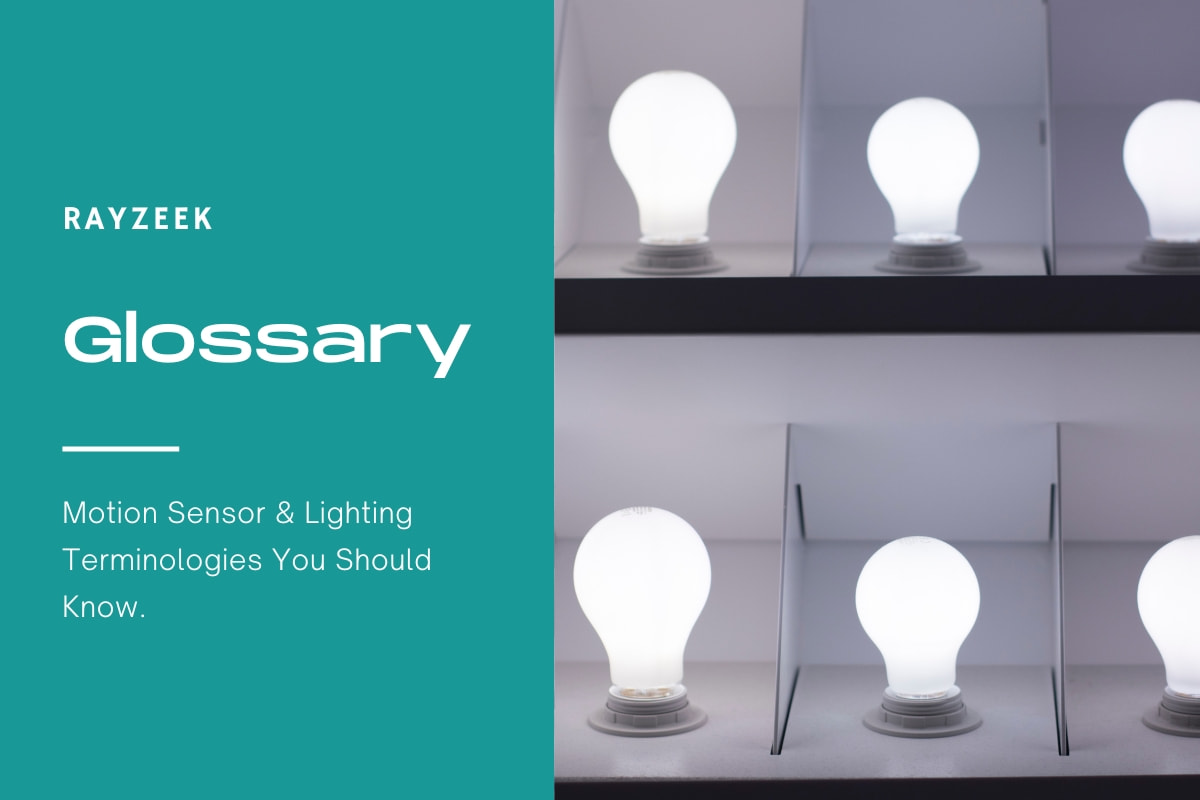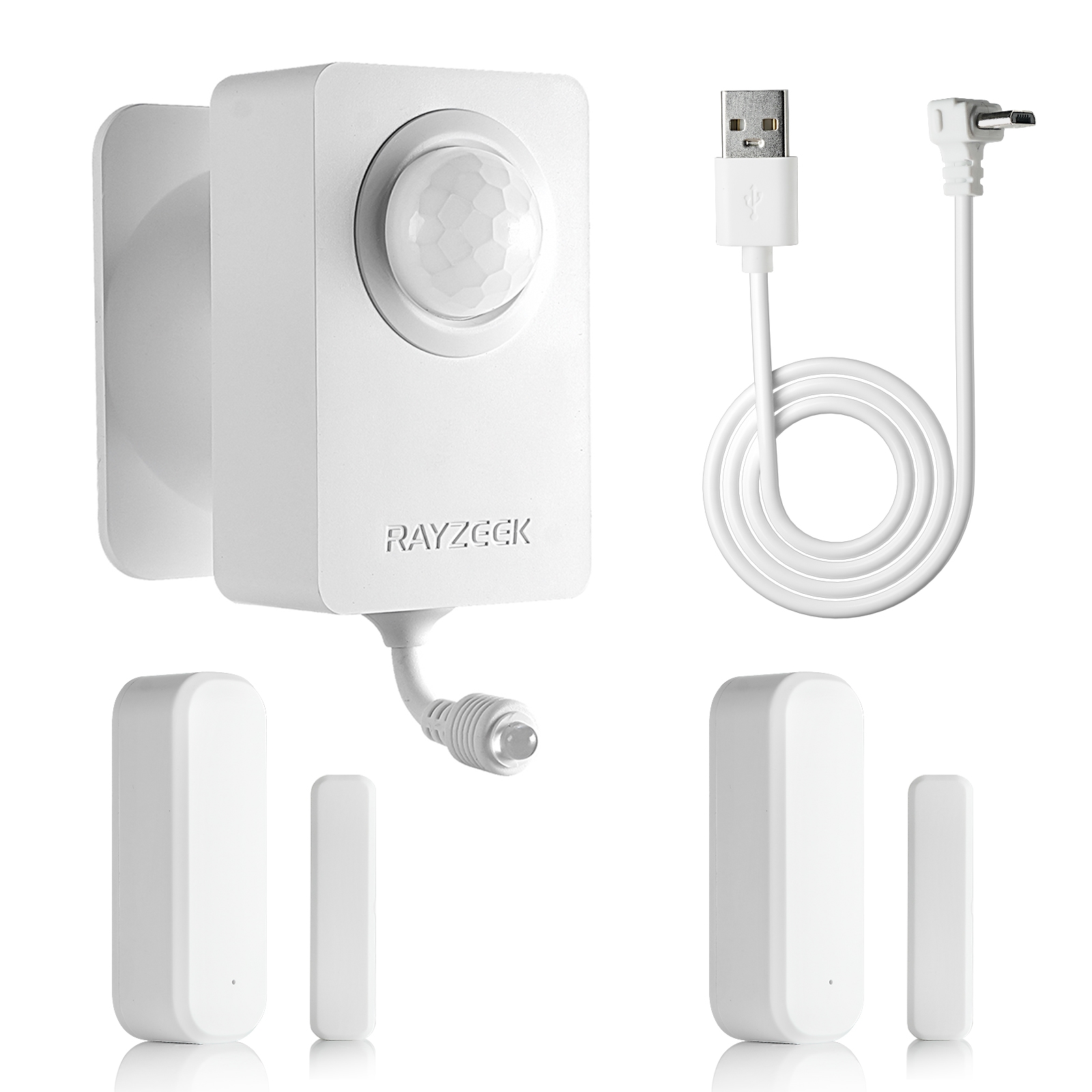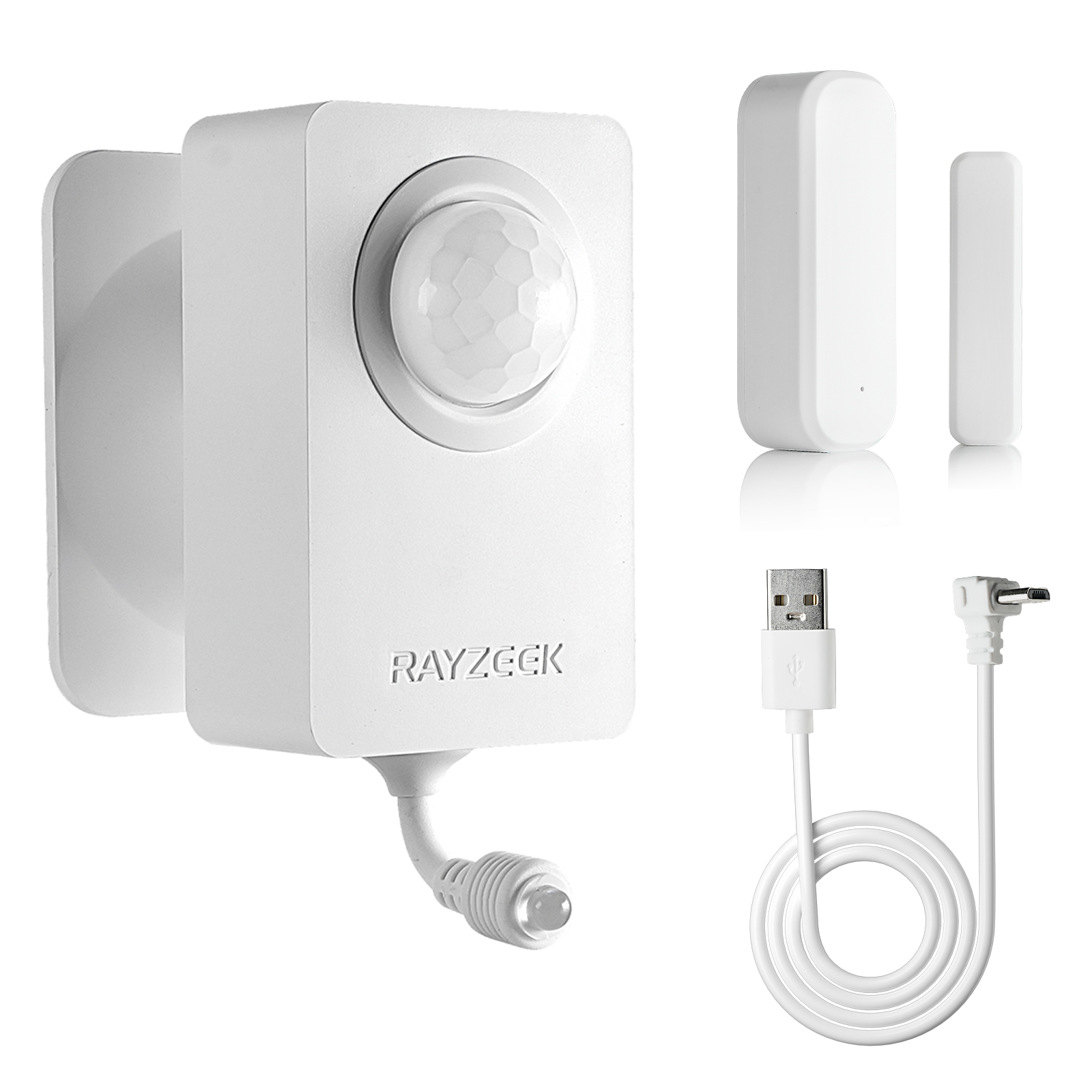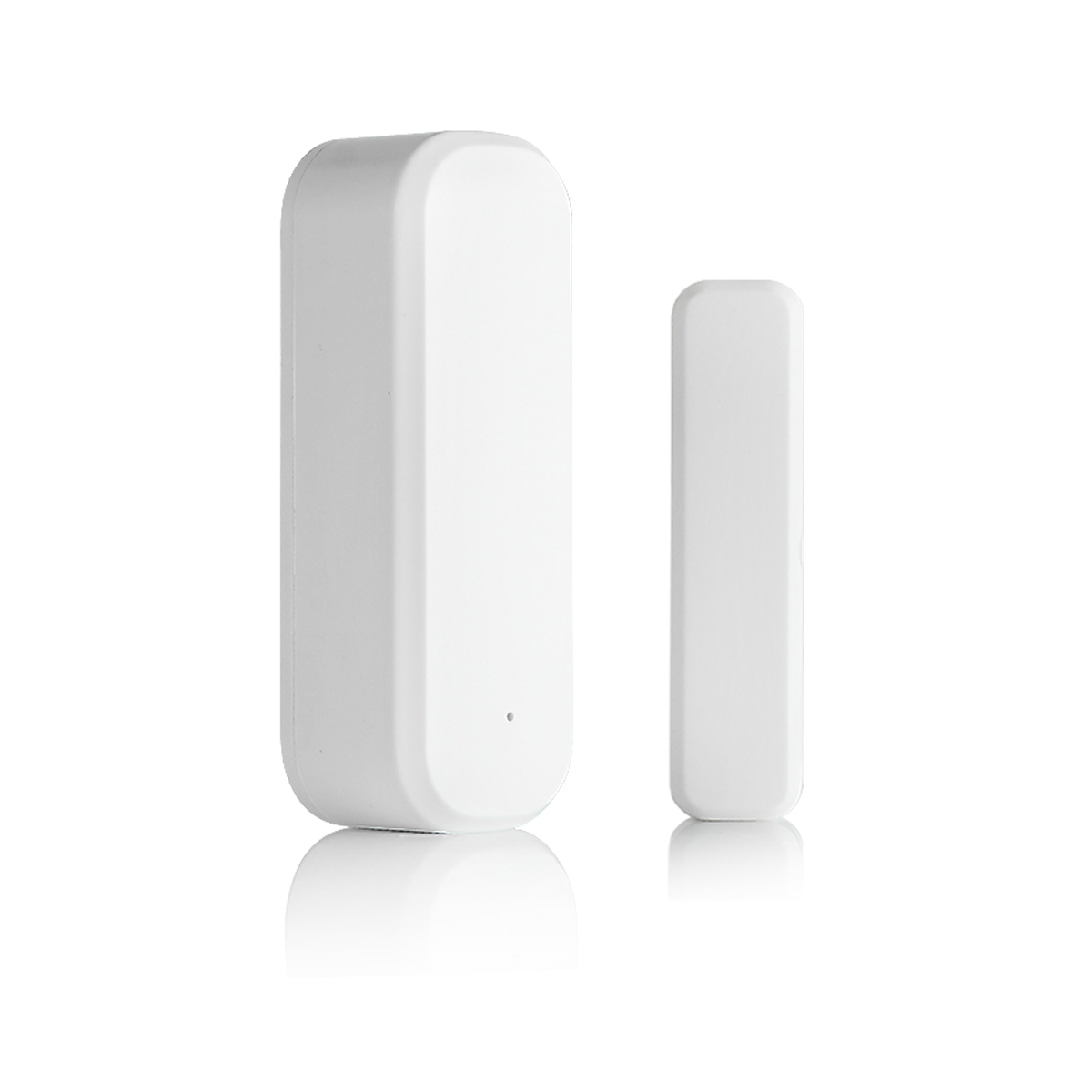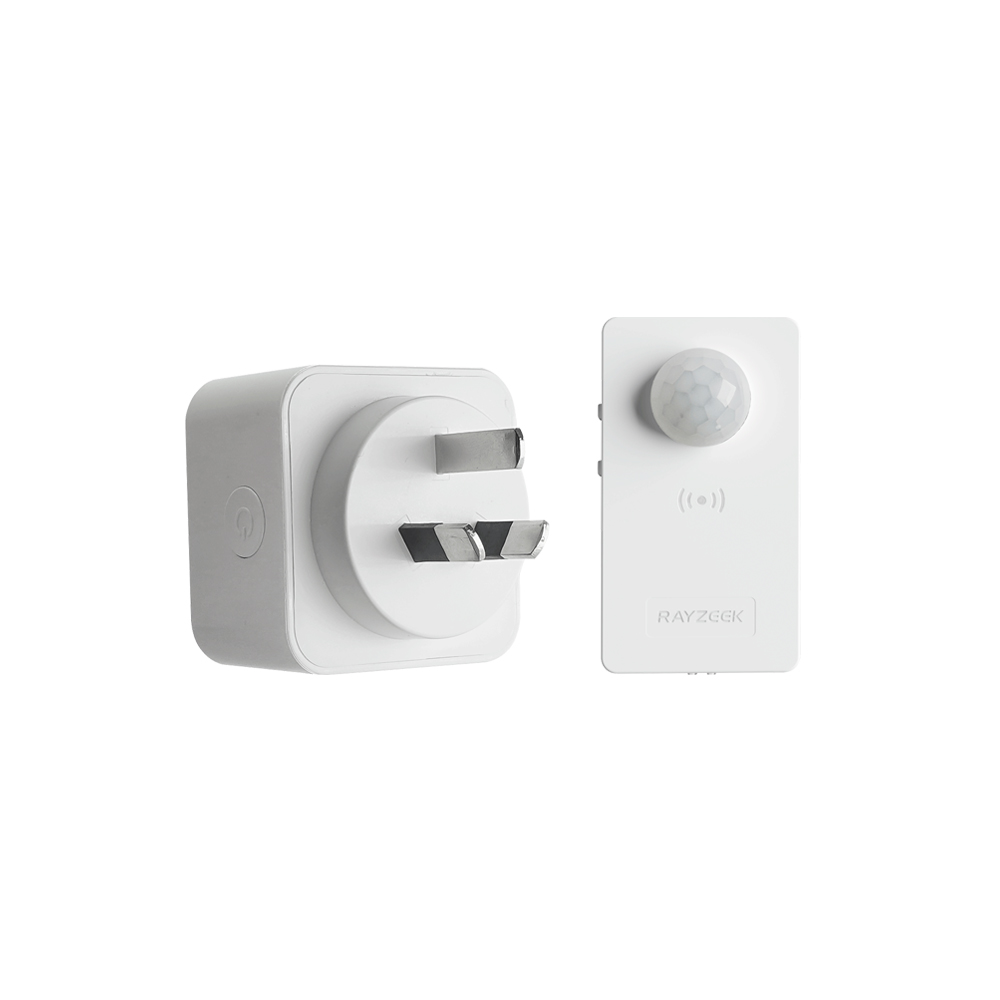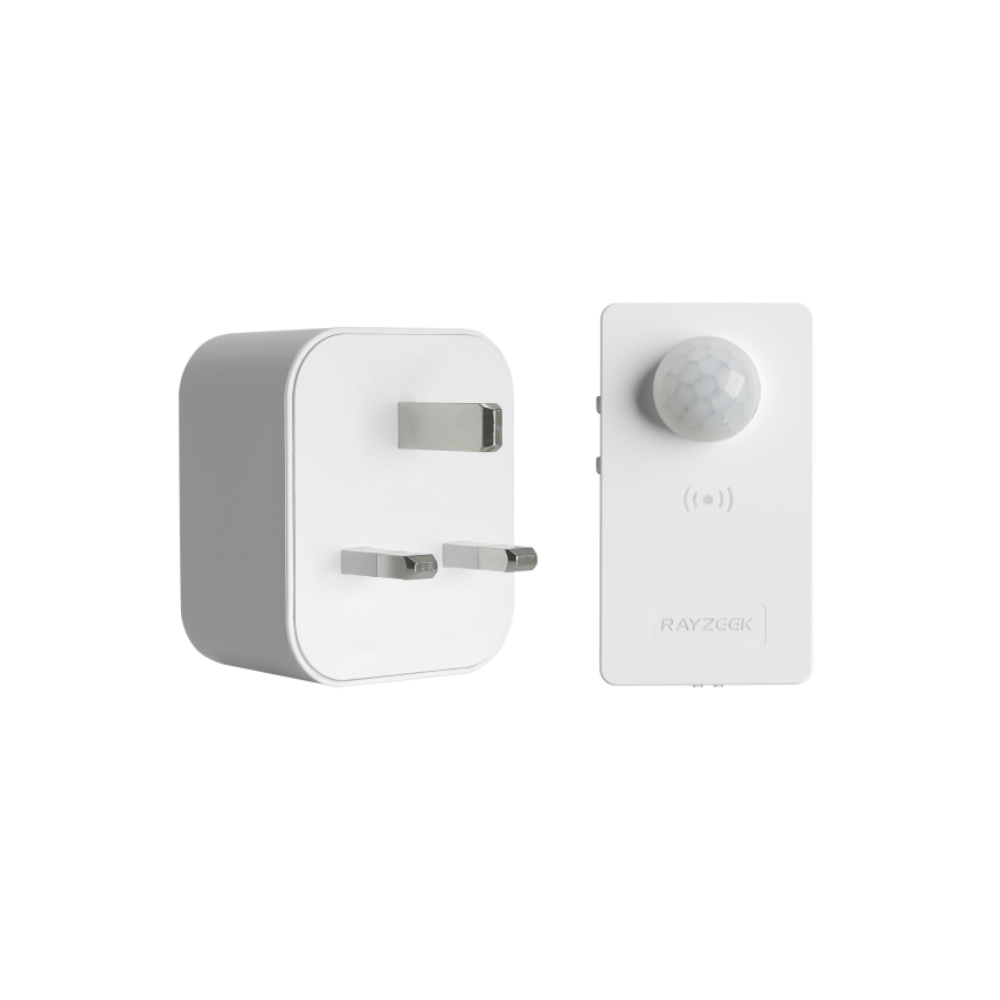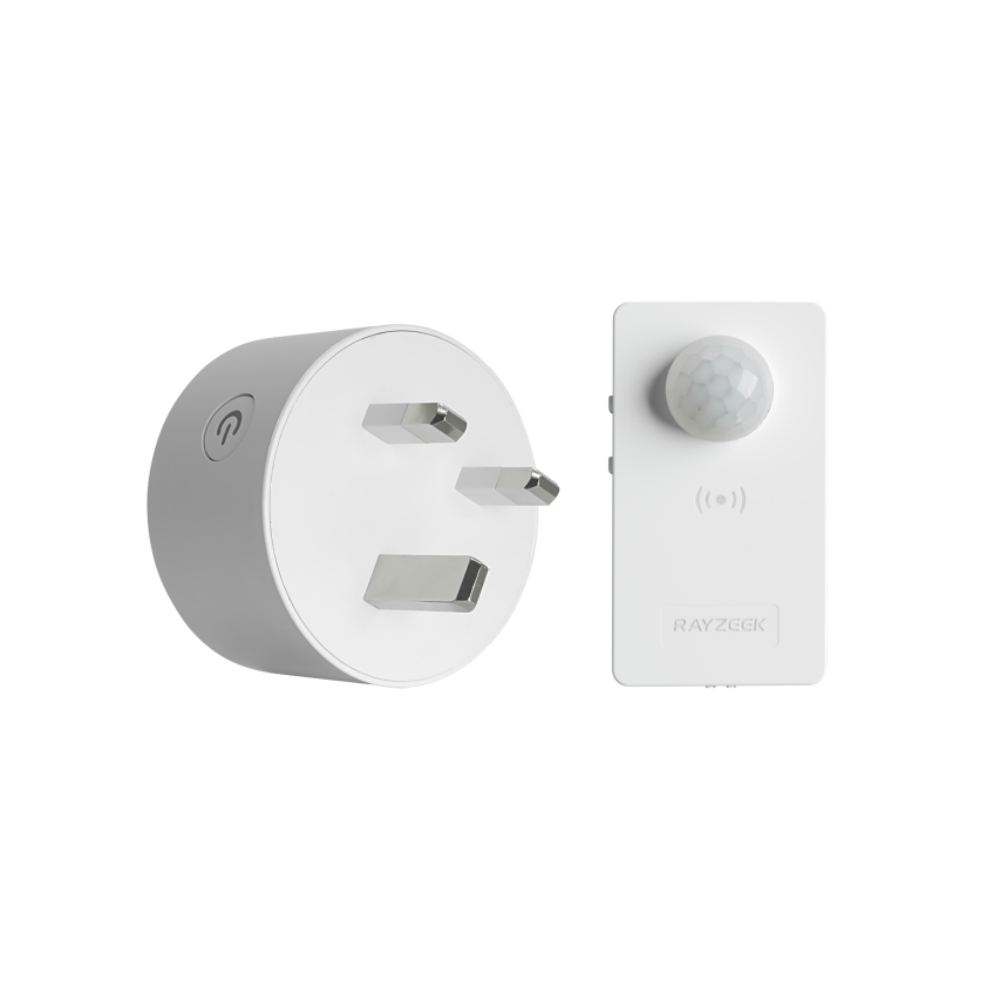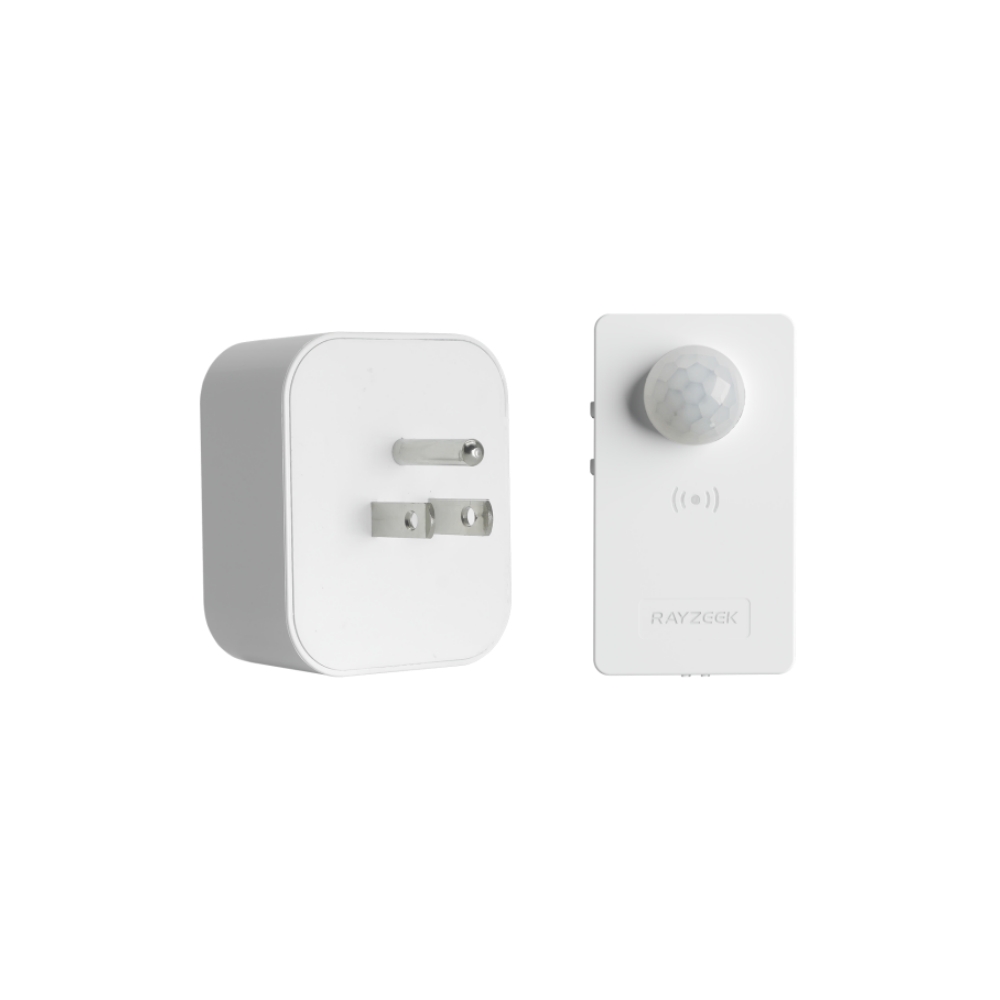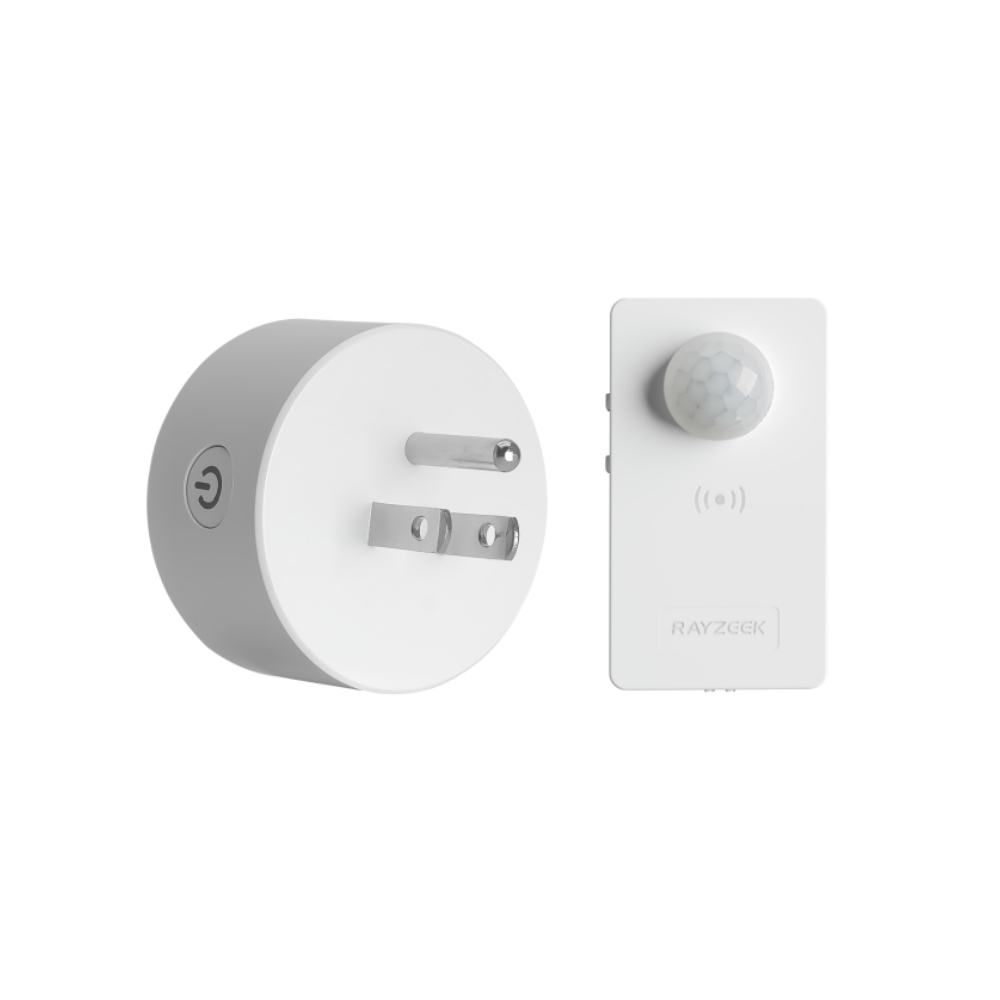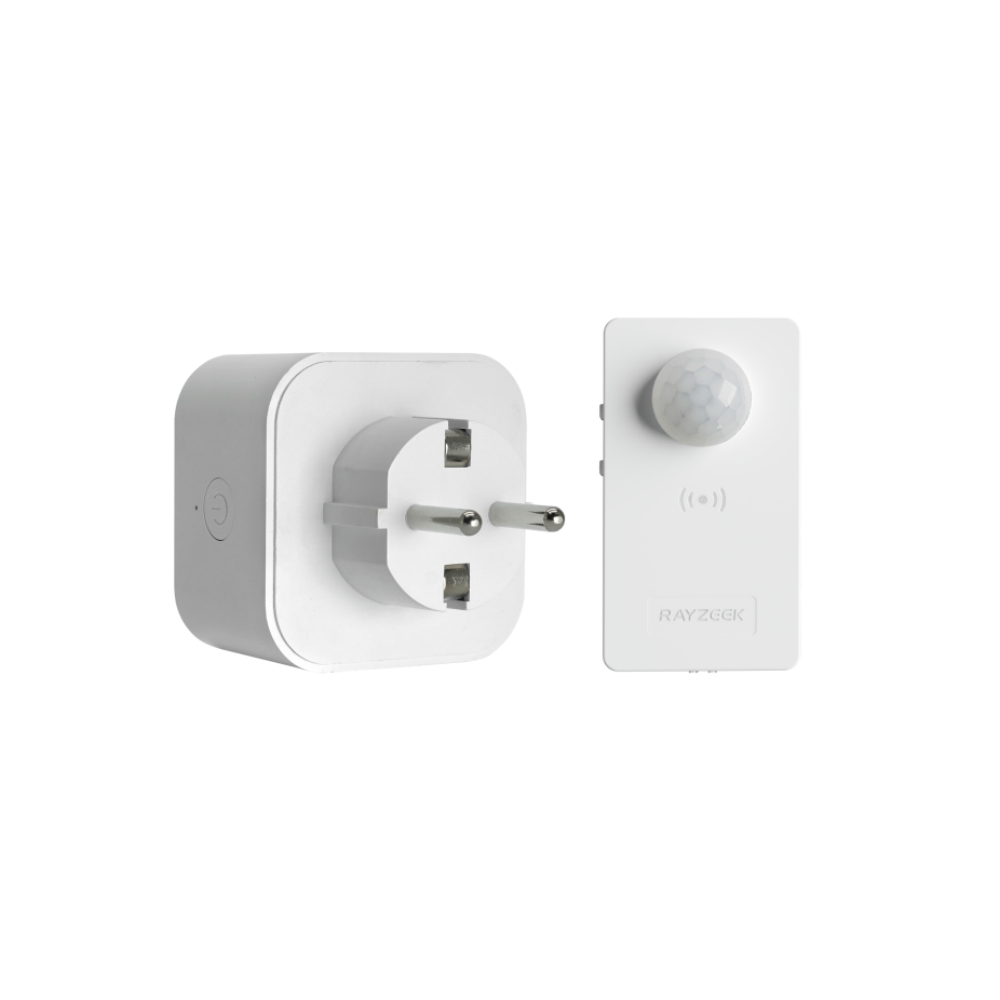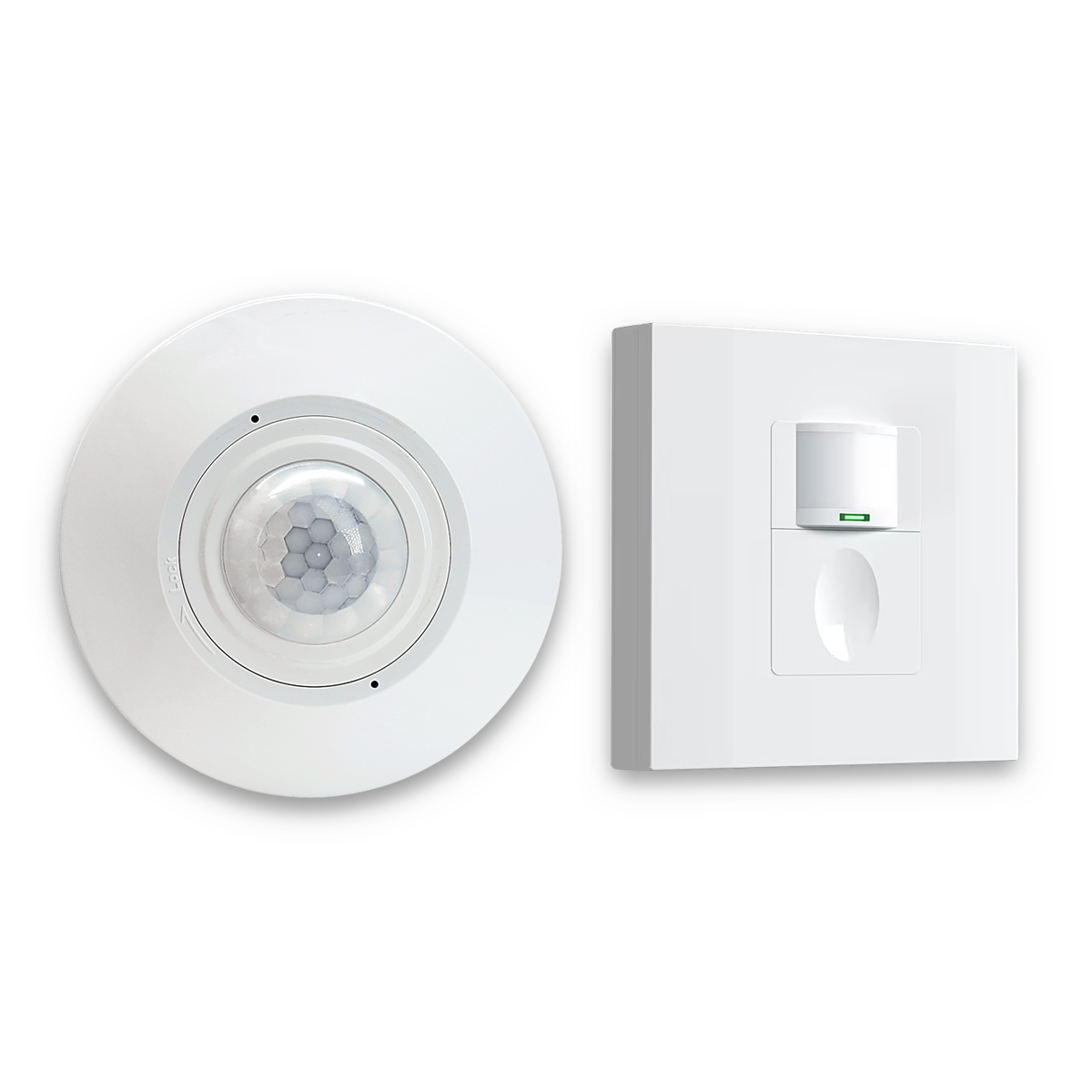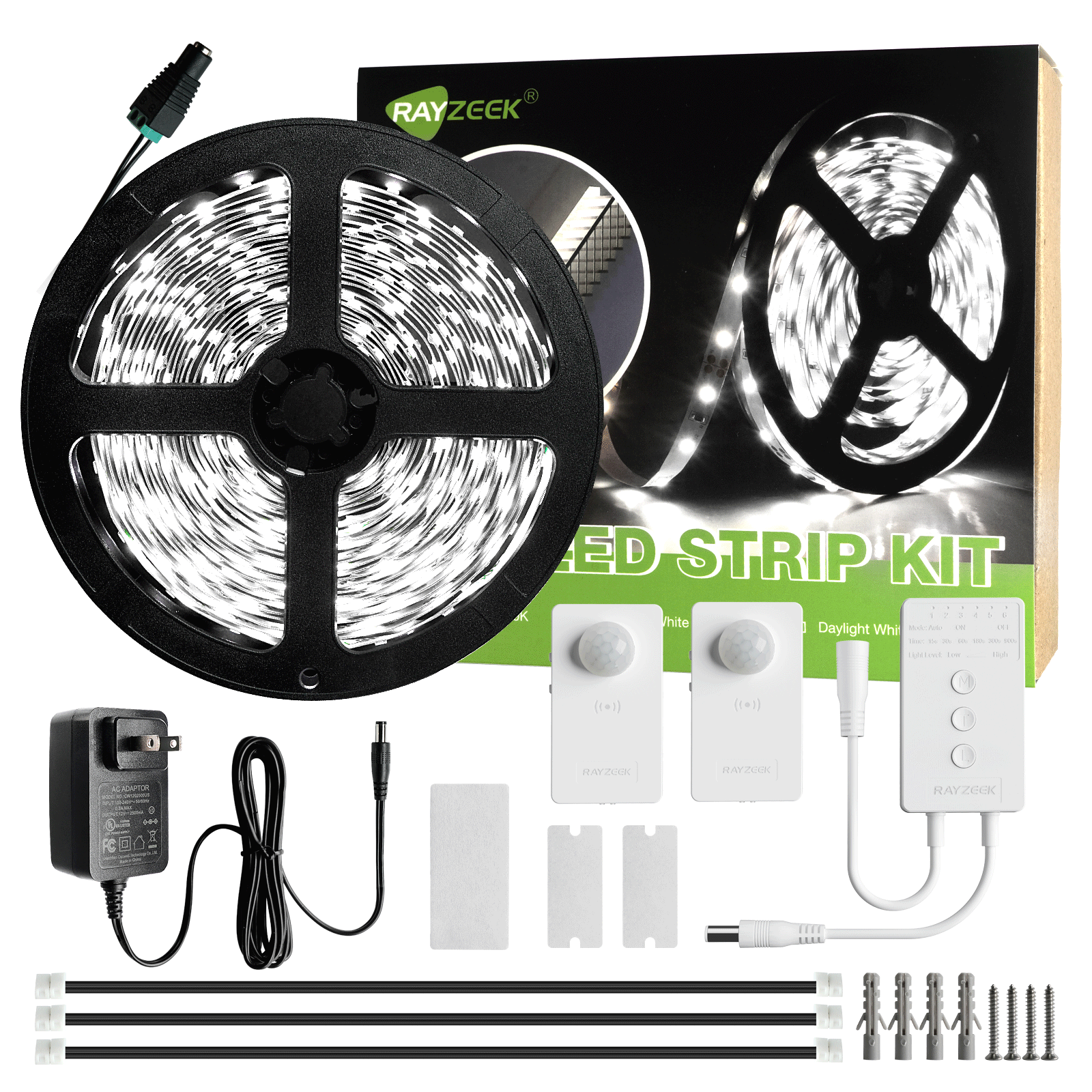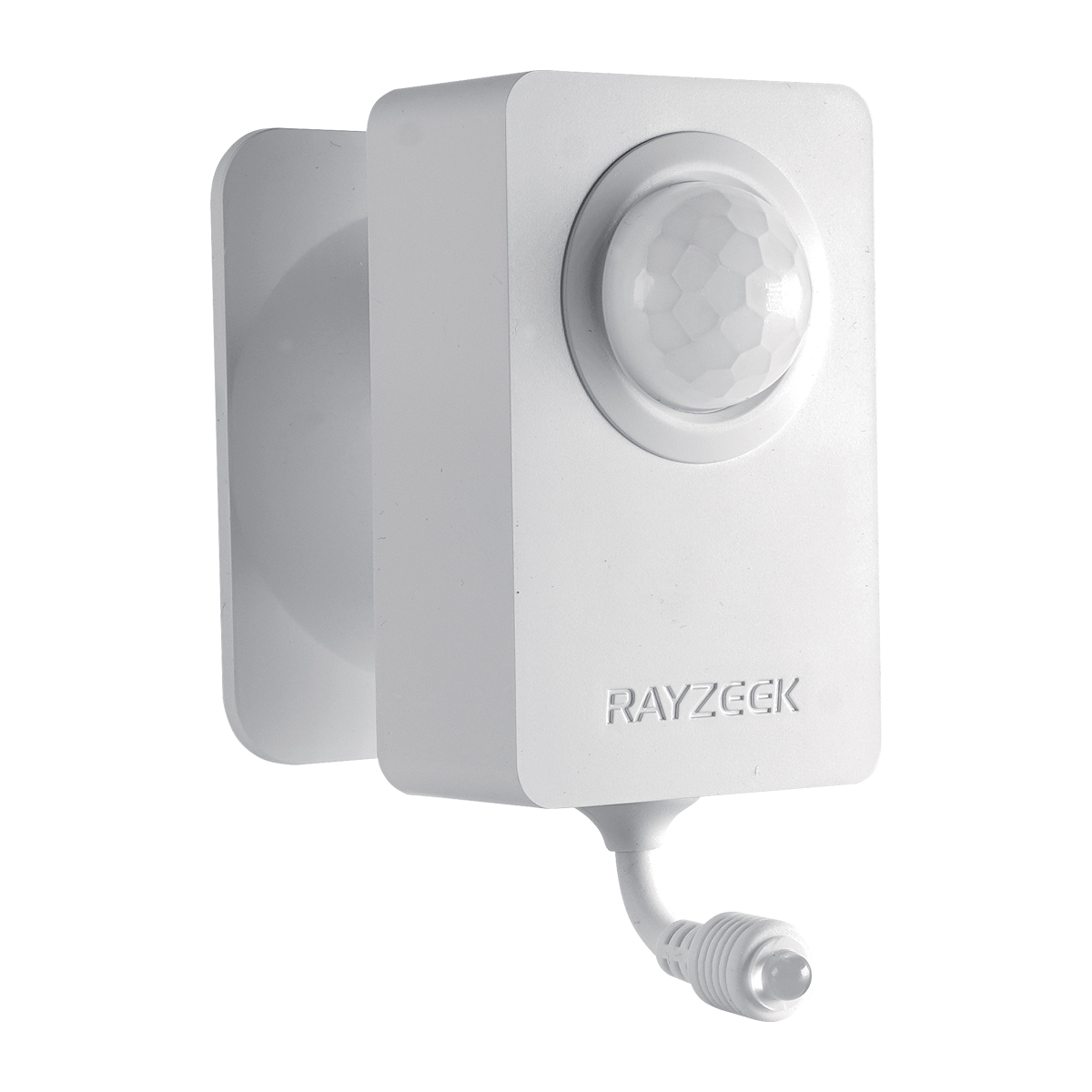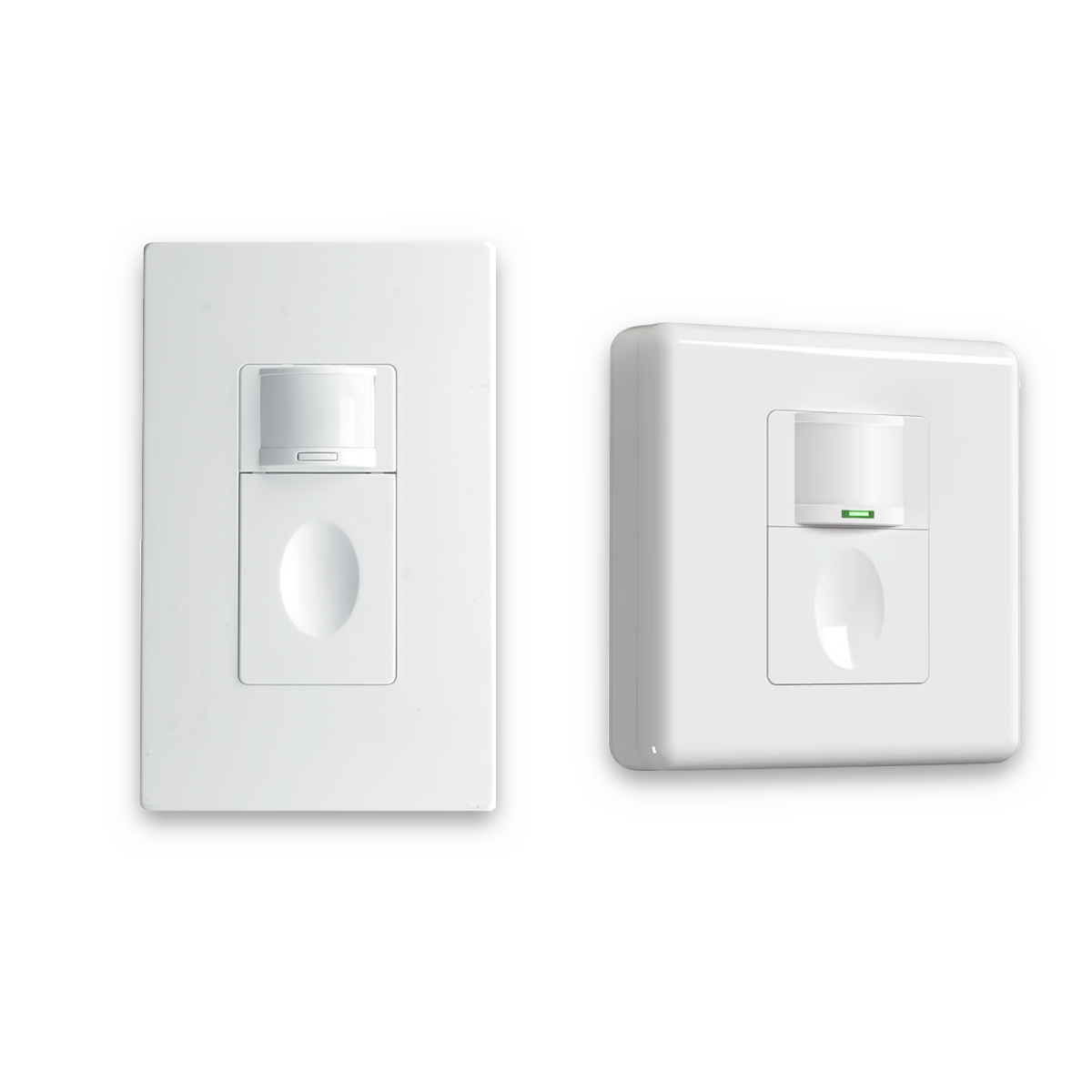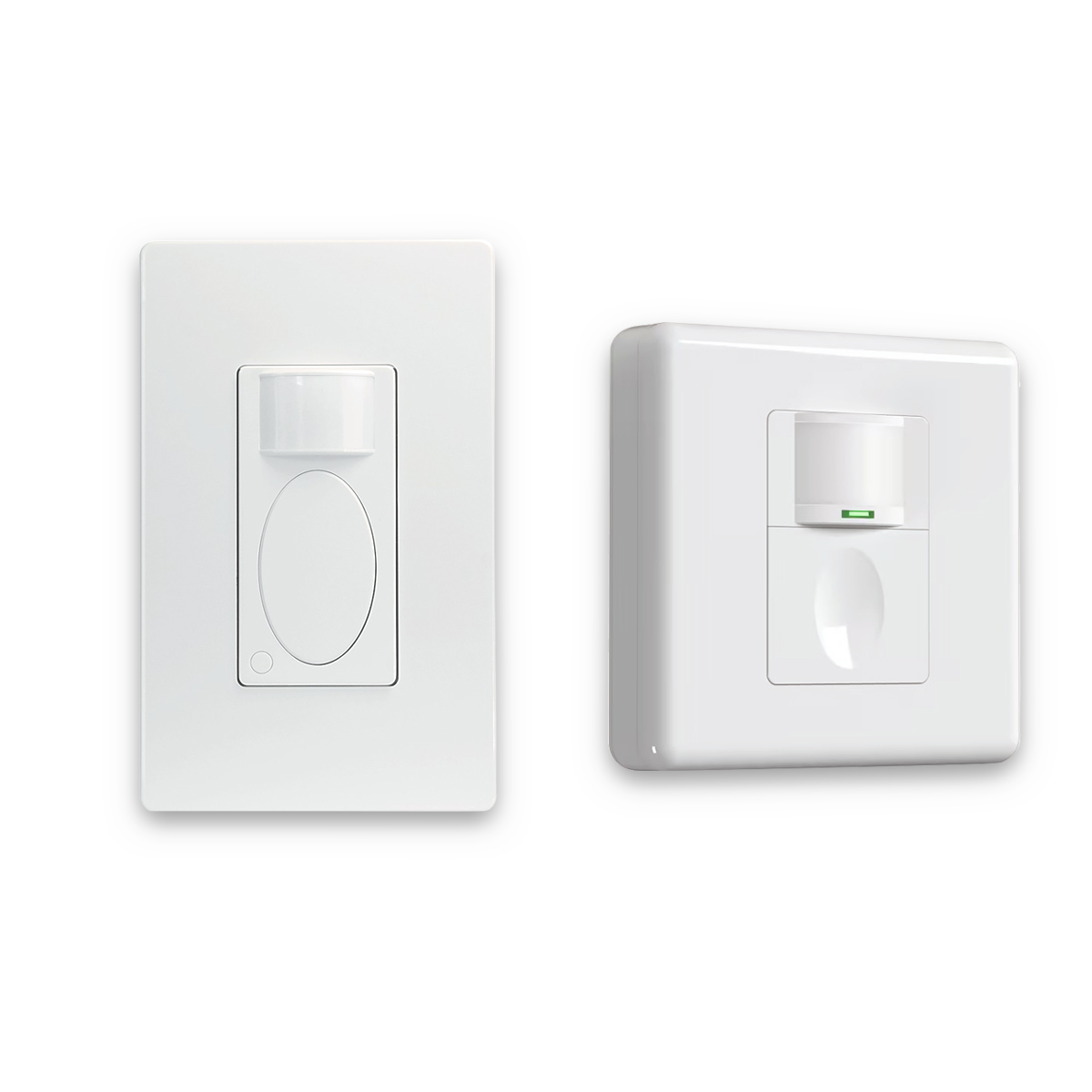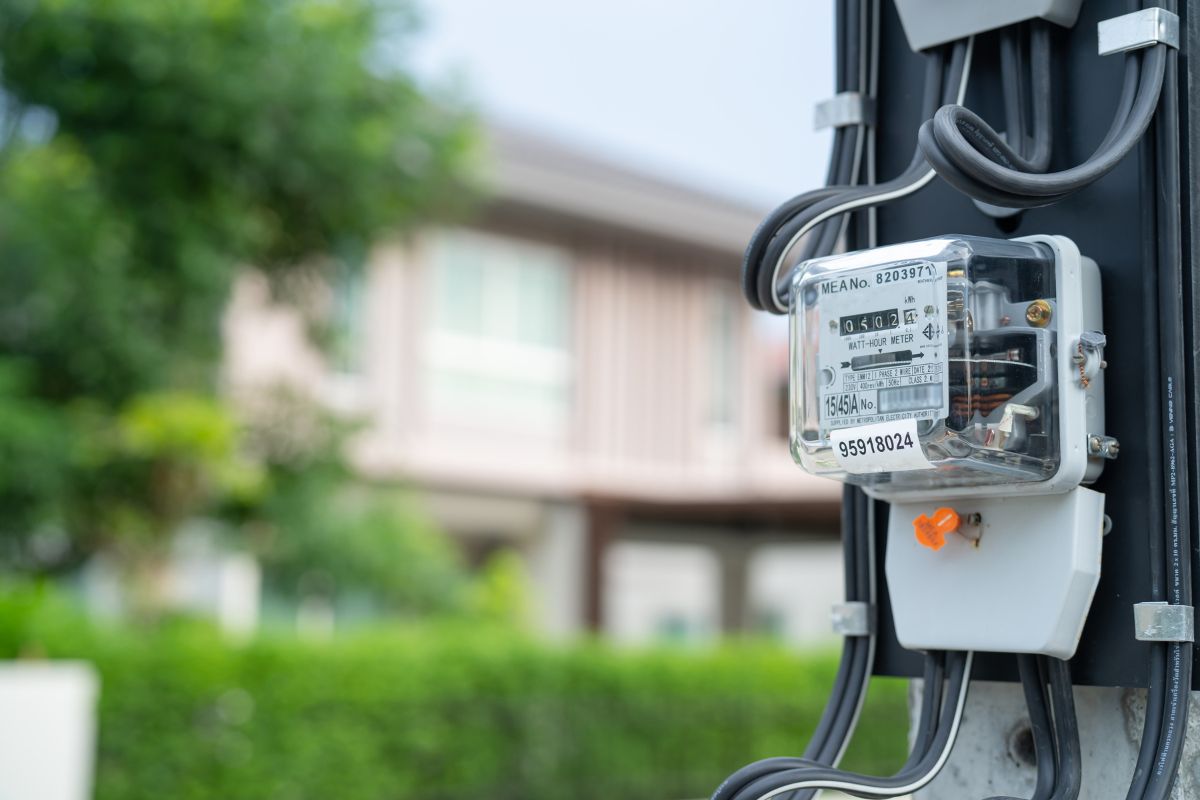What is Mean Lumens
Mean Lumens, also known as design lumens, is a term used to describe the average light output produced by a lamp throughout its rated life. It serves as a measure of the average amount of light emitted by a lighting device over its lifespan. The concept of mean lumens is crucial in understanding the performance and efficiency of lamps. As lamps are operated, their light output tends to decrease over time. By knowing the mean lumens value of a lamp, users can make informed decisions about their lighting investments.
Mean lumens value is calculated at 40 percent of the bulb’s rated life for fluorescent lamps. This means that the average light output of a fluorescent lamp is determined by considering its performance over 40 percent of its total rated life. Furthermore, some lamps, like T5 lamps, are highly efficient and can maintain a significant portion of their initial light output even at the end of their lifespans. This indicates that these lamps experience minimal depreciation in their light output over time, making them cost-effective options.
Maybe You Are Interested In
Frequently Asked Questions
Is 1000 Lumens Bright Enough for a Room
To determine the appropriate amount of lumens for a room, you should calculate the square footage of the room and then multiply it by the recommended foot-candle requirement. For instance, a living room measuring 100 square feet, which typically requires 10-20 foot-candles, would need approximately 1,000-2,000 lumens. Similarly, a dining room of the same size, but with a foot-candle requirement of 30-40, would require around 3,000-4,000 lumens.
Does Adding More Lights Increase Lumens
Watts and Lumens are not directly related. While it is true that higher wattage bulbs generally emit more Lumens, the amount of Lumens can still vary between LED bulbs with the same wattage due to differences in bulb efficiency.
What Is the Best Lumens for Room Light
We suggest using a total lumen output ranging from 2000 to 4000.

